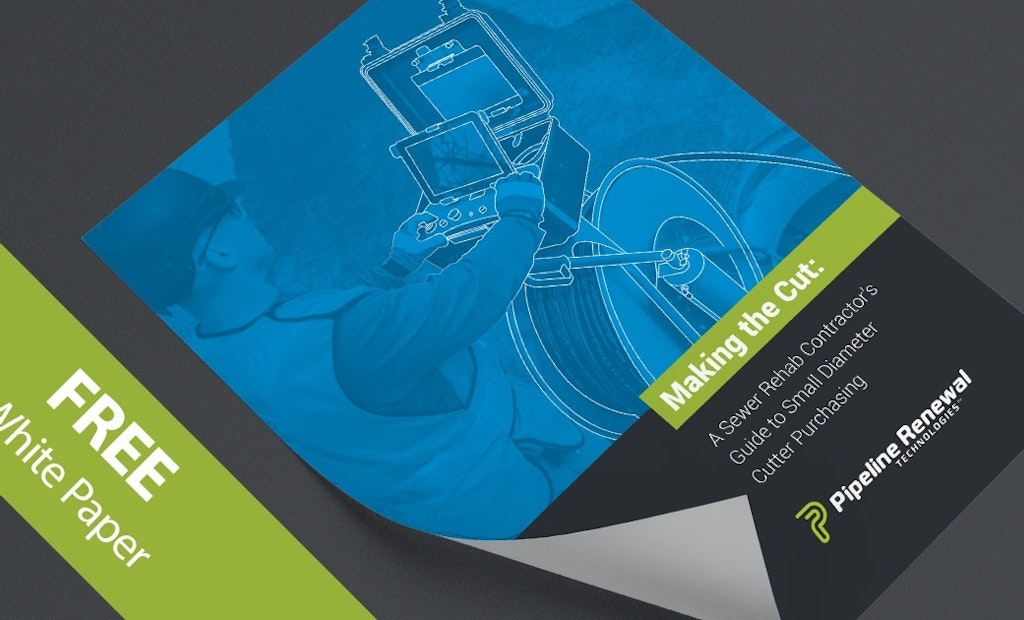Small-diameter cutters are essential for companies working in pipe rehabilitation. From connection reinstatement during stack rehab to grinding offsets and protruding taps, these machines can hold their own for a variety of pipeline rehab and cleaning purposes. To find a cutter that aligns with your services, you’ll need to analyze current needs and consider any work you hope to tackle in the future.
Two of the more technical aspects of the lateral cutter that shouldn’t be overlooked include the cutter’s articulation and automated movement capabilities. Both of these characteristics directly impact how and where you can use your cutter. Without any articulation, your cutter functions like a drill — in a fixed position, cutting what’s directly in front of it. By contrast, a cutter with multiple axes of motion can move within a pipe and reach more difficult spots with ease. This maneuverability determines what type of work you are able to complete. The more comprehensive the articulation, the more comprehensive the pipe rehab projects can be. Ideally, you can angle the cutting head towards the side of the line to cut precisely where you need, allowing you to reinstate multiple services without having to remove the cutter. When inquiring about a small-diameter cutter, be sure to ask about both the degree of rotation and swivel.
Automated movement capabilities are also worth examining. While some cutters are pushed into place, others can mechanically inchworm themselves through a pipe for easier and more precise positioning, as well as longer runs. Cutters with automated movement make climbing vertical pipes significantly easier because they don't depend on brute strength to overcome gravity.
When purchasing a small-diameter cutter, address what you need now, but also think ahead. Assess your future needs so you can make a worthwhile investment. Choosing a cutter that has more capability than you need at the moment will allow your business to grow and take advantage of new opportunities later on. Don’t be afraid to delve into the technical aspects either, because these details can help ensure that you are getting the most out of your purchase. To learn more about what these cutters can accomplish and how to identify which one is right for you, request your Small-Diameter Cutter Buyer’s Guide: Download now.






